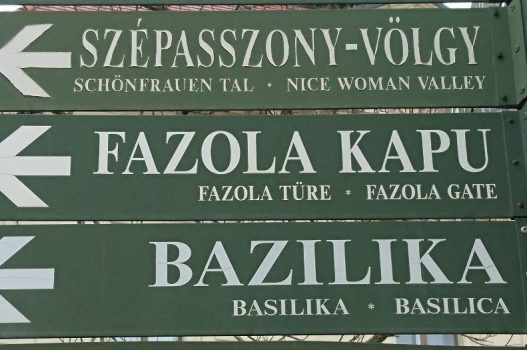Three decades of being a lone voice in the wilderness and how things have changed. Judges are now fighting for a spot at my Decanter World Wine Awards tables whereas a few years ago it was definitely seen as a short straw. Today there are exciting wines in abundance from Central and Eastern Europe and a huge array of fascinating grapes that most people have never heard of, ranging from Alb de Onițcani to Zenit. And to be honest when I started as a buyer in the late 1980s (Augustus Barnett - remember that name?) being given Eastern Europe my first buying responsibility was also the short straw, distinctly the least glamorous part of our portfolio. At that time Bulgarian Cabernet Sauvignon, Romanian Pinot Noir, Lutomer Laški Rizling and Yugoslavian Merlot all crossed my tasting bench and sold tens of thousands of cases to happy customers.
Independence and the politics of privatization, and in some countries outright war, took its toll and damaged the wine industry across the region, consigning it to just a few bottom shelf listings. But by the early 2000s, a renaissance was beginning, with producers relearning the links between land, vines and people, and adding modern understanding of winemaking. It’s almost hard to believe that dry Furmint as a serious wine is less than two decades old, with the hot dry vintage of 2003 being the major turning point in the Tokaj region. Around the same time, the first serious varietal Cabernet Francs were appearing in Hungary’s Villány region, now regarded as the region’s flagship. In Bulgaria, 1999 saw the first commercial vinification of Melnik 55, this year a DWWA gold winner for the first time ever. In Romania Feteasca Neagră was barely on anyone’s radar as a serious red grape until Count Guy de Poix made his first Cuvée Charlotte blend with it.
In the early days of private winemaking in Eastern Europe there was a tendency to try and prove that the new wines were different to the old era through pursuing power and ripeness with lashings of new oak. Today’s best producers have moved beyond this and now have the confidence to rein back and seek more elegance and freshness. Indeed, some of the region’s overlooked red grapes like Gamza/Kadarka, Kékfrankos, Prokupac, Rara Neagră are perfectly on trend. On the other hand, producers are demonstrating that their whites can offer more than simple and refreshing, witness the burgeoning sector for skin-contact, orange and amber wines, often vinified in clay or concrete. These can offer amazingly layered, complex and age-worthy wines, almost a return to ancient history and tradition.
By no means every wine is great, but many are, and still offer great value – not necessarily cheap but a lot of wine for the money compared to better-known regions. It’s been a privilege and a totally fascinating period of my life to see the huge changes that have emerged across Eastern Europe and I would recommend anyone to explore further in the search for excitement in a wine glass.
AUTHOR
Caroline Gilby MW is a freelance writer specializing in the wines of Central and Eastern Europe. She is the author of The Wines of Bulgaria, Romania and Moldova and chairs the panel of Eastern Europe wine judges at the Decanter World Wine Awards.




